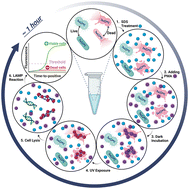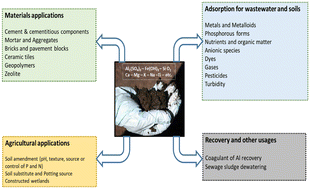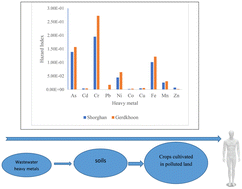Environ. Sci.: Water Res. Technol., 2024, Advance Article
DOI: 10.1039/D3EW00585B, Paper
DOI: 10.1039/D3EW00585B, Paper
Meysam Khodaparast, Dave Sharley, Stephen Marshall, Travis Beddoe
Microbial source tracking using nucleic acid-based amplification techniques, including qPCR and LAMP is now routinely used to detect indicator bacteria in human faecal-contaminated water.
To cite this article before page numbers are assigned, use the DOI form of citation above.
The content of this RSS Feed (c) The Royal Society of Chemistry
Microbial source tracking using nucleic acid-based amplification techniques, including qPCR and LAMP is now routinely used to detect indicator bacteria in human faecal-contaminated water.
To cite this article before page numbers are assigned, use the DOI form of citation above.
The content of this RSS Feed (c) The Royal Society of Chemistry



 Open Access
Open Access





